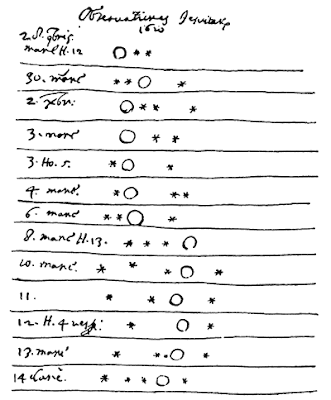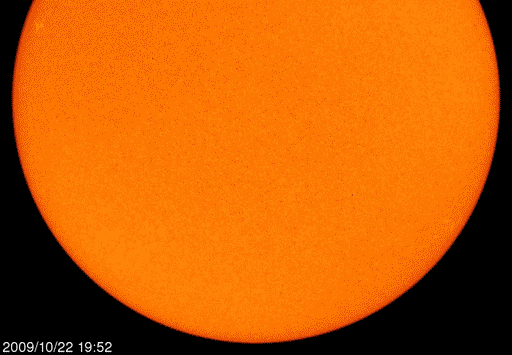On Friday morning at around 4:30AM (Pacific Time), a rocket and spacecraft are planned to crash into the South Pole of the Moon. Both are unmanned.
Because the Moon has such little gravity and almost no atmosphere (which would help to keep it insulated from extreme heat or cold), the sunlight causes the daytime side of the Moon to be blazing hot: about 250°F, and therefore any water that might have existed would have long ago evaporated towards outer space. (The astronauts who landed on the Moon, for example, found only rocks--mostly basalt, and anorthosite, a rock similar to granite).
But in the 1990s, NASA's unmanned (remote-controlled)
Clementine spacecraft discovered that the lunar South Pole contains a region of the Moon that never receives sunlight. Using a special instrument on board
Clementine, scientists took a series of special photographs that help to reveal the chemicals of the object being photographed. The photographs of the Moon's South Pole seemed to suggest the presence of
water, although scientists were not able to tell for certain.
 Above: One of Clementine's (normal) photographs of the Moon's South Pole.
Above: One of Clementine's (normal) photographs of the Moon's South Pole.If water were found to exist on the Moon, that would be very useful to know. Water is relatively heavy and therefore expensive to transport into space. The presence of water on the Moon could make it cheaper to one day establish a permanent human settlement on the Moon. Water can also be used to create hydrogen, the main component of rocket fuel.
After the
Clementine mission in the 1990s, eventually NASA planned future missions to follow up on this "lunar South Pole" discovery. The
LRO (
Lunar Reconnaissance Orbiter) spacecraft, launched this year, has made the most detailed maps of the Moon yet, identifying future safe landing sites and radiation levels. (Its cameras are so good that it's even been able to take photographs of the landing sites and leftover equipment from the Apollo astronauts, which you can see in the image below; you can read more
here).

Another spacecraft, part of the
LCROSS mission ("
Lunar
CRater
Observation and
Sensing
Satellite"), has now finished taking even more chemical photographs of the Moon from space, and on this Friday will achieve its grand finale: firing a rocket toward the Moon's South Pole, followed by then crashing
itself into the South Pole.
 Above: LCROSS being launched into space on June 18, 2009.
Above: LCROSS being launched into space on June 18, 2009.Because of the Moon's low gravity, these collisions should cause debris to be ejected into space, which will allow both
LCROSS (at least at first collision),
LRO, and observers on Earth to use the same special type of camera to get an even more detailed view of the chemicals present.
 Above: The LCROSS spacecraft being prepared to be loaded into a rocket, May 2009.
Above: The LCROSS spacecraft being prepared to be loaded into a rocket, May 2009.Will we find water? You'll have to wait and see! Photos and hopefully a video from the collisions will be posted here on this blog sometime next week.
Check back!
PS: Although the collisions can be observed from Earth, they are only visible using a telescope that is 10" or larger in diameter. It will be broadcast live on NASA TV (if you have access to that), although if you prefer to
sleep at 4:30AM, you can always watch recorded coverage on the news, or check back on this blog in about a week. :)
More info:
http://www.nasa.gov/mission_pages/LCROSS/main/index.html








